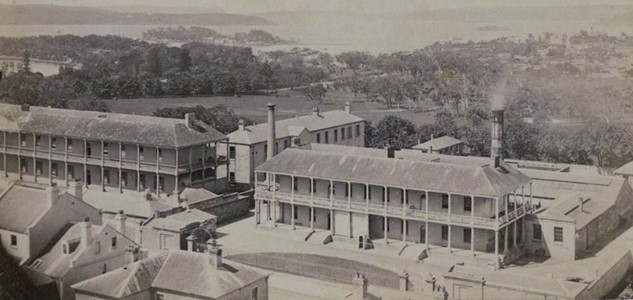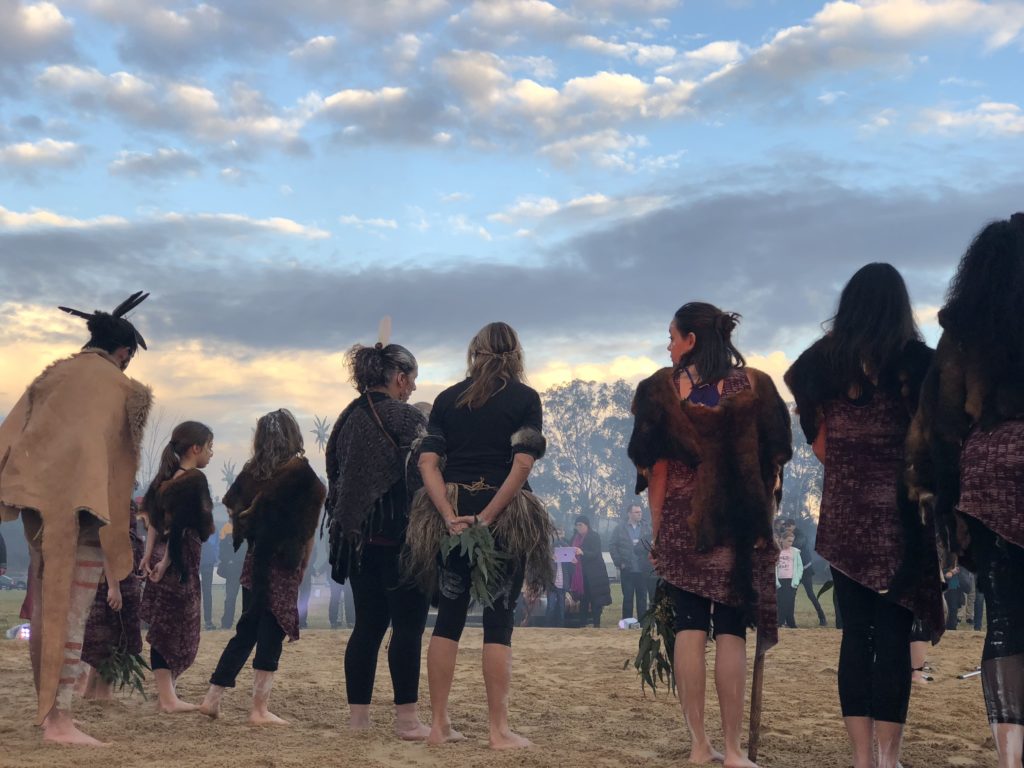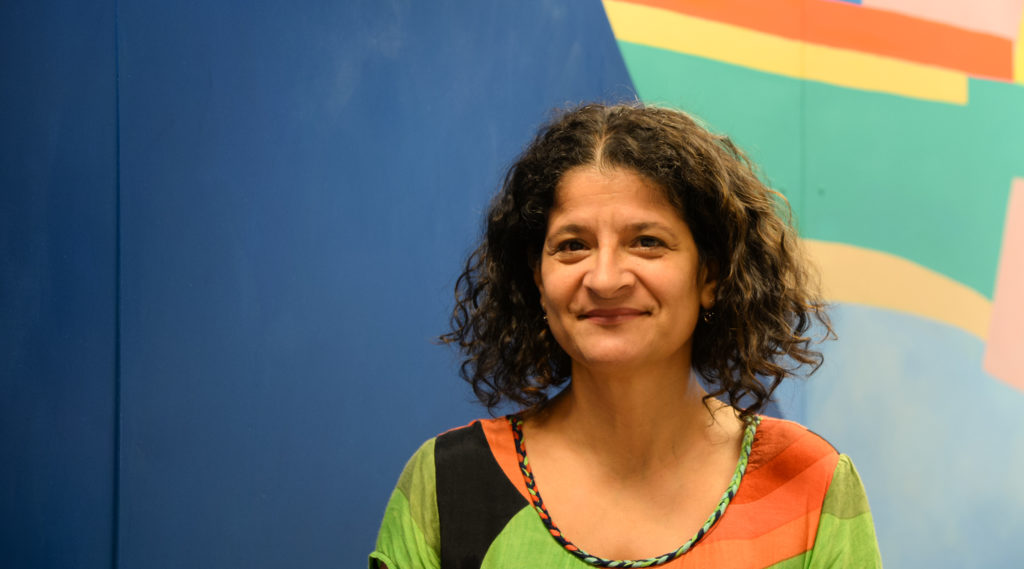
Macquarie Street East Precinct
Archaeological and Heritage Management Framework
Strategic advice
Exemption notifications
Aboriginal heritage advice
Premier and Cabinet
Property Development NSW
Macquarie Street, Sydney
Gadigal Country
The Macquarie Street East Precinct is of outstanding significance to the nation and includes world, national, state and locally listed heritage items.
The precinct is bound by Shakespeare Place to the north, Hospital Road to the east, Queens Square and Prince Alfred Road to the south, and Macquarie Street to the west.
The Macquarie Street East Precinct was subject to a government precinct review led by former Prime Minister Paul Keating, and Lucy Turnbull, former Lord Mayor of Sydney and former Chief Commissioner of the Greater Sydney Commission. The Keating Turnbull report recommended the revitalisation of the precinct into a premier cultural destination showcasing the city’s cultural and social history.
GML Heritage provided strategic heritage advice to the Hassell-led masterplan and project implementation for the Macquarie Street East Precinct for NSW Department of Premier and Cabinet initially, and now Property and Development NSW.
The precinct is within the traditional Country of the Gadigal people of the Eora Nation. It is associated with dispossession and colonisation, as well as protest and resilience. It evidences the history and transformation of Country, to a convict military colony, and then an aspirational civil democratic nation in all its complexity.
GML’s services have included built and archaeological heritage planning and assessment. GML reviewed concept designs and provided iterative advice to project design teams. GML compiled and synthesized plans, policies, and prepared an analysis of heritage opportunities and constraints, as well as advisory reports and presentations to statutory authorities and key stakeholders.
The master plan has been selected as a case study for the NSW Connecting with Country framework. It’s a benchmark project for industry to reference when designing built environments with a Country-centred approach guided by First Nations people.
In October 2024, the NSW Government released the State Library Public Domain Project which will see the transformation of the library’s historic forecourt. The State Library project implementation realises the northern portion of the public domain within the wider Macquarie Street East Precinct.




